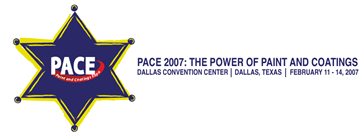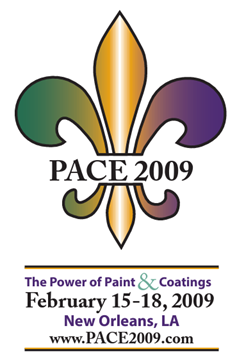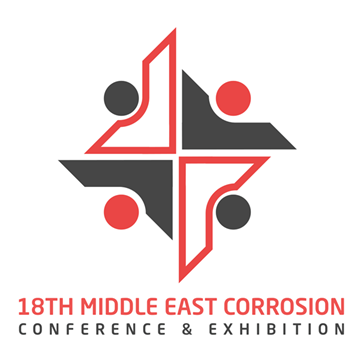Search
Products tagged with 'material selection'
View as
Sort by
Display
per page
Clarifying Material Selection: Understanding the Corrosion Mechanisms for Wastewater Clarifier Mechanisms
Product Number:
51217-060-SG
Publication Date:
2017
$20.00
Coating Specialty Surfaces: Hardwoods and Composited. What’s Different?
Product Number:
41207-370-SG
Publication Date:
2007
$20.00
Corrosion Durability of Three-Coat and Epoxy Mastic Coating Systems after Adverse Environmental Exposures during Coating Repair
Product Number:
51218-145-SG
Publication Date:
2018
$20.00
Corrosion Control and Integrity Management of Flare Gas Recovery Units
Product Number:
MECC23-20160-SG
Publication Date:
2023
$20.00
Corrosion Properties Of Alloy 35Mo In Crude Distillation Unit Overhead Service Conditions
Product Number:
51321-16833-SG
Publication Date:
2021
$20.00
Corrosion Under Insulation (CUI) Management – A Case History
Product Number:
51219-196-SG
Publication Date:
2019
$20.00
Designing Ships Water Ballast Tanks to Improve the Performance of Coatings
Product Number:
41211-619-SG
Publication Date:
2011
$20.00
Deterioration of Wastewater Treatment and Collection System Assets: Knowing Where and How to Look
Product Number:
41206-271-SG
Publication Date:
2006
$20.00
Effect of Surface Conditioning on Corrosion Resistance Using New Vs. Traditional Abrasive Blasting Media Types
Product Number:
51220-291-SG
Publication Date:
2020
$20.00
Epoxy Revolutionizes Water and Wastewater Underground Infrastructure Protection and Rehabilitation with Energy Efficient Green Technology
Product Number:
41211-660-SG
Publication Date:
2011
$20.00












